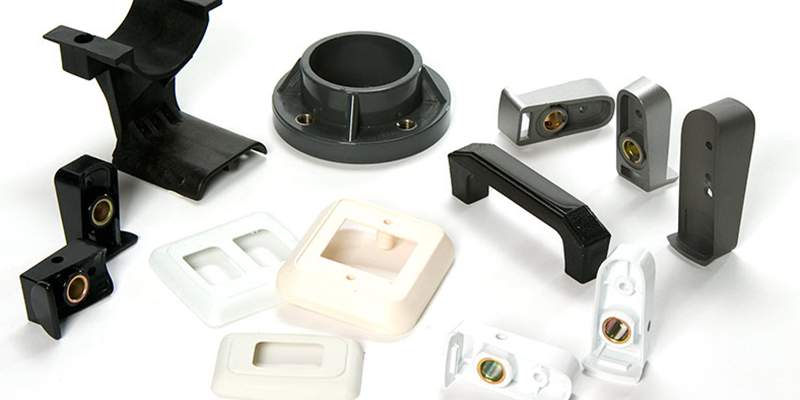- October 7, 2022
PVC is one of the most versatile polymers in the world, with applications across a wide range of industries. As one of the most popular thermoplastics, PVC plastic is durable and economical.
In this article, we discuss important things you need to know about PVC plastic, what it is, its applications, advantages, disadvantages, types, and properties.
What is PVC Plastic?
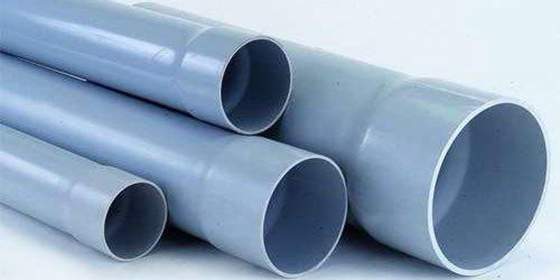
PVC, also known as Polyvinyl chloride, chiefly contains PVC resin and varying proportions of additives. These additives include lubricants, pigments, processing aids, stabilizers, and plasticizers.
Ranking third in the most commonly used materials in the world, PVC is quite sturdy and durable. Furthermore, it is durable and lightweight, making it the ideal material for plumbing and construction.
Made through the polymerization reaction involving vinyl chloride monomer, PVC is amorphous. This makes the combination with other substances, chemicals, and additives easy. Moreover, the resin being the base component of PVC production, is a brittle solid material that is white. So, adding additives gives PVC many desirable qualities, including elasticity, flexibility, micro prevention, fire resistance, and anti-mist.
Properties of PVC Material
Different properties make PVC the third most used material in the world. Here are some of these PVC properties.
- Resistance to oil and grease
- Affordable and economical solution
- Excellent tensile strength
- Flame retardant and self-extinguishing
- Durable and can withstand adverse climatic conditions
- Resistant to shock and corrosion
- PVC plastic is lightweight.
- Resistant to wear and tear as well as abrasion
- High vapor barrier capacity and dielectric strength
- Excellent resistance to all inorganic chemicals
- More flexible than other plastics
What are the Different Types of PVC Plastics?
There are different types of PVC, which are divided into two broad categories; rigid and flexible. The rigid PVC, also known as UPVC, PVC-U, or Unplasticized PVC, is PVC plastic that does not contain plasticizers. Furthermore, they contain the lowest amount of compounding ingredients.
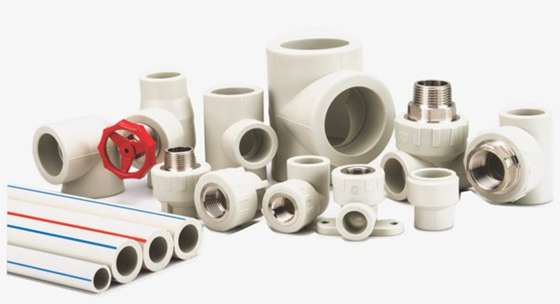
On the other hand, flexible PVC contains plasticizers like phthalates, making them softer and more prone to bending. This gives them application in the production of electric wire insulators and flooring in schools, homes, and hospitals. Let us examine the different types of PVC plastic in more detail.
UPVC (Unplasticized)
At a temperature of 20 degrees Celsius, this PVC has a tensile stress of approximately 52MPa. However, it has use and application at temperatures up to 60 degrees Celsius. Nonetheless, it is important to note that the actual temperature limit of UPVC is often dependent on different factors, including environmental conditions and stress.
PVC (Plasticized)
This type of PVC contains plasticizers, making it more flexible and less rigid. Although it is in the flexible PVC category, this PVC has a high impact strength. Its flexibility makes plastic extrusion, injection molding, and other plastic production easier.
On the other hand, this type of PVC has a lower resistance to temperature and is less resistant to chemicals. Also, compared to the UPVC, this type of PVC has a low tensile strength.
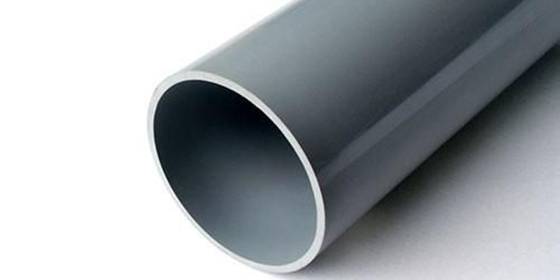
PVC-M
It is also known as modified PVC, this type falls into the rigid category. It has high impact resistance, but its ultimate tensile strength, yield stress, and elastic modulus are lower than the unplasticized PVC.
However, it is important to note that the amount and type of modifier used in making the PVC-M plays a major role in its properties.
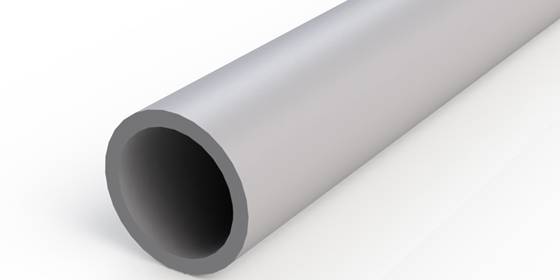
PVC-C
PVC-C also known as chlorinated PVC, shares similar properties with the Unplasticized PVC. But due to the high quantity of chlorine, this type of PVC has a higher temperature resistance. It can function at temperatures up to 95 degrees Celsius.
Like the UPVC, the PVC-C has ultimate tensile stress of 15 MPa at 80 degree Celsius and ultimate stress at 20 degrees Celsius.
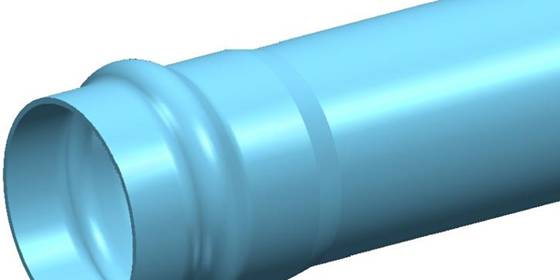
PVC-O
This type of PVC provides ultimate tensile strength twice that of the UPVC. Also known as PVC oriented, it favors a process that yields hoop direction or circumferential orientation of PVC molecules. The PVC molecules used in this process are often of the long chain type.
When oriented in the hoop direction, PVC-O has a tensile strength of 90 MPa and an elastic modulus of 4000 MPa. This gives it use in a diverse range of industries, including the production of pressure pipes, films, carbonated beverage bottles, high-strength garbage bags, etc.
Different Types of Processes Suitable for Machining PVC Plastic
There are different processes suitable for machining PVC plastic. The following are three common processes.
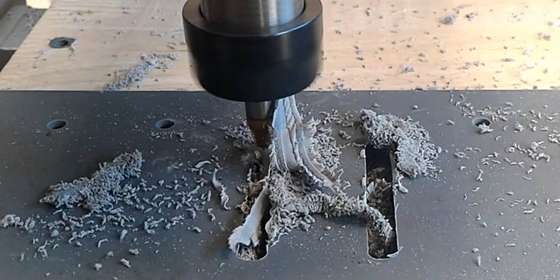
CNC Machining
Using a CNC machine is one of the most ways of producing PVC parts. This is due to the ease with which the machine cuts it. PVC is naturally abrasive and corrosive, so using a CNC machine with a cutter not resistant to corrosion would result in the degradation and deterioration of the cutter over time.
Some common ways of machining PVC through CNC include milling and turning.
CNC Milling
This PVC machining process is ideal for making prototypes or complex parts. It involves a process that involves the progressive removal of material from the workpiece. It uses a computer-controlled multi-point tool that cuts the workpiece. This process is ideal if you have a complex PVC part shape, as it provides precision and accuracy.
CNC Turning
This PVC plastic machining process, called subtraction machining, is different from CNC milling. It involves holding and rotating a large piece of PVC plastic while holding a tool to the piece. This tool helps shape the piece by removing materials until it achieves the desired cylinder shape.
Machining PVC plastics through CNC turning is often faster, which makes it an ideal process for manufacturing products with short lead times or low volume production runs. Operations used under this process include; drilling, grooving, boring, parting, grooving, and knurling.
Injection Molding
The process of injection molding is another way of producing PVC plastics. However, unlike most plastics, the presence of Chlorine in PVC makes the process a tad more complicated. On melting, chlorine gives off a toxic gas that is also corrosive, and since PVC contains this element, it does the same on melting. Furthermore, the mold tool used during the process must be resistant to corrosion. This makes chrome-plated materials or stainless steel ideal for the process.
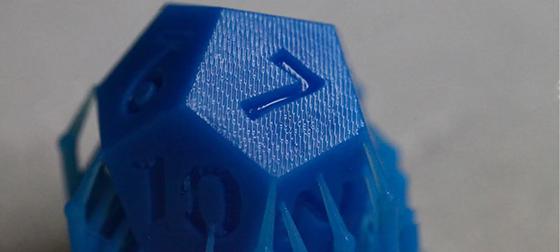
3D Printing
Although not a preferred method, 3D printing is another way manufacturers produce PVC plastic. The corrosive nature of PVC plastic is why manufacturers don’t often use this process.
Producing PVC plastic using 3D printing over an extended time could compromise a 3D printing machine’s functionality. This is why most manufacturers favor the other two methods for PVC production while using 3D printing for producing PLA and ABS plastics.
What are the Advantages and Disadvantages of PVC Plastic?
PVC plastic has a wide acceptance across several industries, offering several benefits to these industries. However, like most materials used in production, PVC plastic has its advantages and disadvantages. So, what are the advantages and disadvantages of PVC plastic?
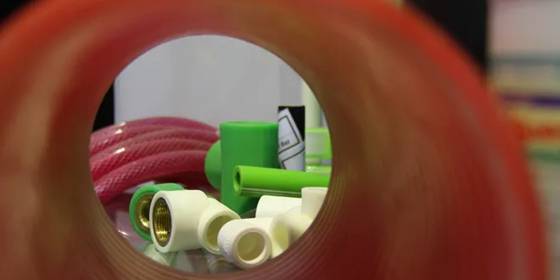
Advantages
Economical: PVC is easy to source, which makes it one of the most readily available materials in the market. Being readily available also makes it relatively cheap when compared to other plastics.
High Density: This plastic has a high density. Its density makes it very hard, allowing it to resist impact deformation better than most plastics.
Tensile Strength: PVC has excellent tensile strength, and with this strength comes the ability to resist abrasion and wear and tear. This makes PVC plastic very durable.
Chemical Resistance: Another advantage of PVC plastic is its resistance to chemicals and alkalis. This is due to its amorphous nature.
Disadvantages
Although there are numerous advantages of using PVC for plastic production, there are also shortcomings. Here are some of the disadvantages;
Poor Heat Stability: PVC’s heat stability is very poor compared to other plastics. This is especially true when the temperature is relatively high. So for high stability on exposure to high temperatures, manufacturers combine PVC with additives during production.
Toxicity: Exposure to fire or when melted PVC releases fumes that are toxic to human health and could result in environmental degradation.
Tips for Machining PVC Parts
There are many factors to take into consideration when machining PVC parts. Here, we provide helpful tips that would help improve the quality of PVC machined parts
Use The Right Cutting Tool
When machining PVC, making use of the right tool makes all the difference. PVC has stronger corrosive tendencies. So it is necessary to machine it with a cutting tool that is resistant to corrosion like stainless steel. This would help improve the precision as well as safety of the cutting process.
Setup Considerations
The way you set up your workspace also matters when machining PVC. Things to put into consideration include; machining speeds, bite angle, tooth counts, friction, and pressure. It is important you note that lower speed and force are ideal for machining PVC parts.
Prevent Contamination
When machining PVC parts, contamination is a serious concern, this is especially true where the part is for use in the aerospace and medical sector. One way to do this is to instantly clear chips away from the machined parts and use coolants the right way.
Drilling and Milling
When CNC milling PVC parts, using a high shear or high positive geometry cutter for face milling is ideal. On the other hand, for CNC drilling, it is best to use little downward pressure and slow to medium speed. Also, when drilling holes about ¼-inch or larger, choose bits or spade bits for drilling PVC plastics.
Applications of PVC Plastic
Polyvinyl Chloride is one of the most versatile plastics in the world, with a wide range of applications. Its application cuts across several sectors, from building construction to health and electronics. Below are notable sectors and their uses of PVC plastics in the world today.
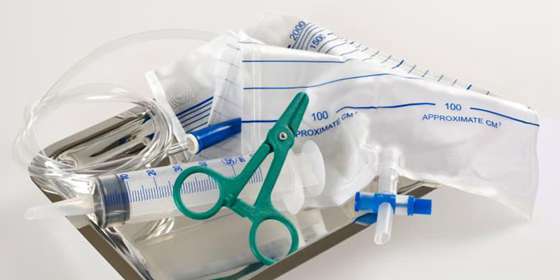
Healthcare
The healthcare industry produces single-use items using PVC is cost-efficient. Some notable examples of PVC plastic application in the healthcare sector include producing blood bags and containers for an intravenous solution giving sets. Other examples include blood and plasma transfusion sets, catheters and cannula, blood vessels for artificial kidneys, and endotracheal tubing. PVC is also used to produce shatter-proof bottles, jars, and surgical and examination gloves.
Automotive
The automotive sector also enjoys the cost-effectiveness and high-performance qualities of PVC plastic. Research shows that producing automotive parts using materials aside from PVC increases the cost of production to 20-100% per part.
Notable examples of PVC plastic in the automotive industry include the production of sun visors, seat coverings, and underbody coating. Other examples include mud flaps, interior door panels and pockets, and auto harness wiring.
Electronics
The desirable properties of PVC, which range from flexibility, flame retardation, and ease of installation, make it ideal for use in the electronic industry. One notable example is its use as an insulator for cables. Cables made using PVC are more durable, they do not crack or harden over time.
Sport Goods
PVC has application in the sports sector in the construction of sporting avenues. It has been used for the sporting center’s flooring, roofing, piping, and seating. Other applications of PVC in sports include the production of clothing, shoes, and equipment athletes use on the surface they compete on.
Get High Quality PVC Parts At WayKen
Undertaking the process of machining plastic, especially PVC, could expose you to certain risks. This is why it is often advisable you let professionals like WayKen handle all your plastic machining needs.
At WayKen, we offer diverse CNC machining services and manufacture top-notch plastic parts for customers worldwide. Our ability to produce high-quality PVC machined parts from more than 30 different engineering materials.
In addition, We are an ISO 9001-certified factory, and our quality control processes meet high standards. Does manufacturing your plastic parts require a tight tolerance and high precision? Rest assured that our CNC plastic machines can handle any job regardless of the complexity and plastic material. Simply upload your CAD files and get an instant quote today!
Conclusion
PVC is a very important plastic due to its uses in many sectors and its beneficial properties. However, there are four types of PVC; UPVC, PVC, PVC-O, and PVC-C. These types have their strengths and weaknesses, so knowing their properties would help you make the right manufacturing decisions.
Also, there are three main methods of manufacturing PVC; injection molding, 3D printing, and CNC machining. However, one must be careful when machining or fabricating this plastic due to its toxicity on exposure to high temperatures. Consequently, choosing WayKen for all your plastic machining needs is the best way to go.
FAQ
Is PVC plastic toxic?
PVC often contains additives like phthalates which are toxic. Also, on exposure to high temperature, the chlorine component of PVC breaks down, releasing toxic fumes which is dangerous to the health. Symptoms associated with inhaling this fume include dizziness, headaches, and drowsiness.
Is PVC hard or soft plastic?
PVC can be either hard or soft. This is why this plastic material has two categories: flexible and rigid. However, the PVC’s nature depends on the amount and type of additives used in its production.

